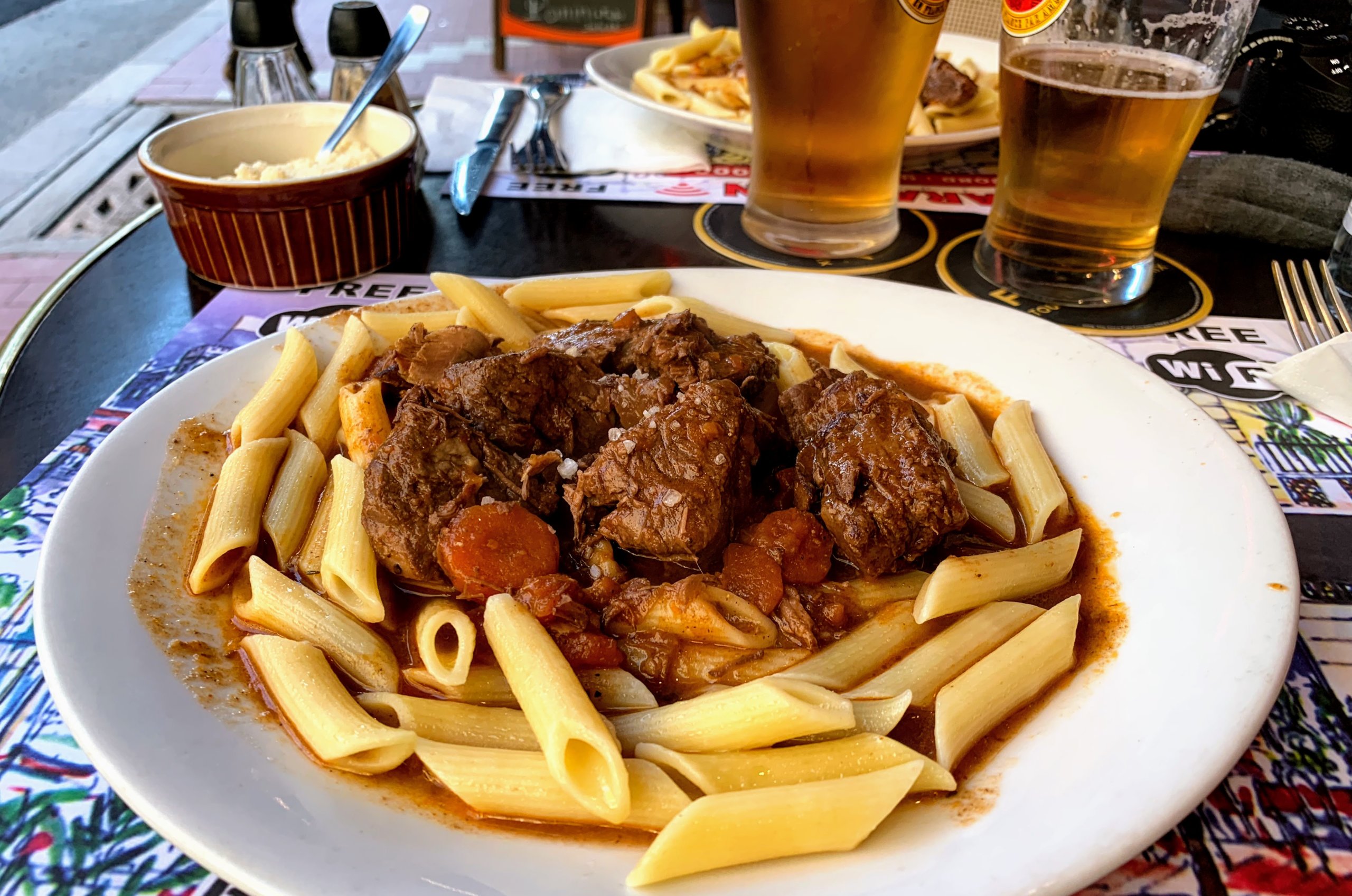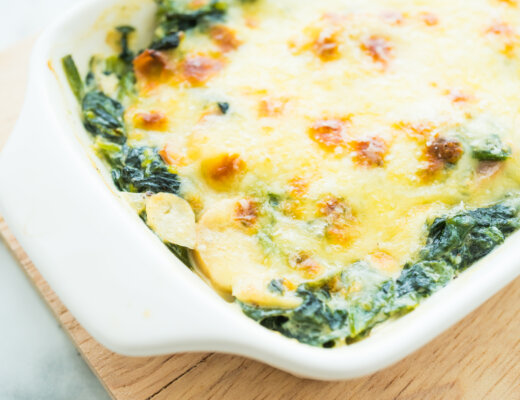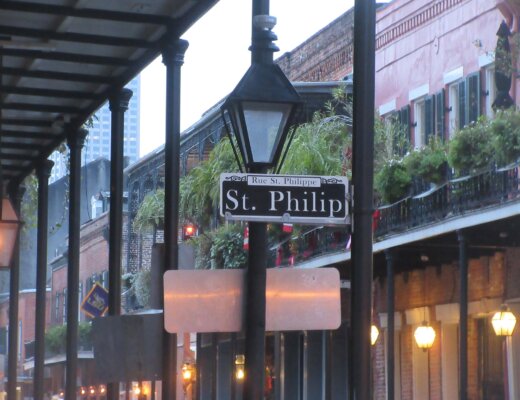The Principality of Monaco, situated on the Mediterranean coast, has a rich history of culinary traditions that have evolved over the centuries. The small city-state has a strong connection to the sea, which has had a significant influence on its cuisine. From traditional seafood dishes to modern fusion cuisine, Monaco’s food scene is a reflection of its unique cultural heritage and cosmopolitan influences.
The earliest inhabitants of Monaco were the Ligurians, an ancient people who inhabited the region around 2,500 years ago. They were known for their agricultural practices, particularly the cultivation of olives and grapes, which formed the basis of their diet. The Ligurians also fished along the Mediterranean coast, and seafood has remained a staple of Monaco’s cuisine ever since.
In the 13th century, Monaco was annexed by the Grimaldi family, who brought with them a range of culinary influences from Italy, France, and Spain. Under their patronage, the city-state became a hub of Mediterranean trade, and its cuisine began to reflect the cosmopolitan tastes of the merchants and traders who passed through its ports.
During the Renaissance, Monaco’s cuisine underwent a further evolution, with the introduction of new ingredients and culinary techniques from across Europe. The royal court became a center of gastronomic experimentation, with chefs experimenting with new flavors and techniques to impress their guests.
One of the most famous dishes associated with Monaco is Barbagiuan, a savory pastry made with Swiss chard, spinach, ricotta cheese, and herbs, which is traditionally served during the annual Fête du Prince (Prince’s Day) celebrations. The dish is believed to have originated in Monaco during the Renaissance, and it remains a popular local specialty to this day.
Monaco’s cuisine continued to evolve throughout the 19th and 20th centuries, with the city-state becoming a popular destination for tourists and celebrities. Many of Monaco’s most famous restaurants and cafes, such as Café de Paris and Le Louis XV, date back to this period and continue to serve up a blend of traditional and modern cuisine.
In recent years, Monaco’s food scene has undergone a further transformation, with a new generation of chefs bringing their own unique perspectives and influences to the city-state’s culinary traditions. Many of these chefs are inspired by the latest trends and techniques from around the world, and they are creating a new fusion cuisine that blends Monaco’s traditional flavors with modern culinary innovations.
One of the most notable figures in Monaco’s modern food scene is Alain Ducasse, a Michelin-starred chef who has revolutionized the city-state’s culinary traditions. Ducasse’s restaurant, Le Louis XV, is widely regarded as one of the finest in Europe, and it has helped to establish Monaco as a center of gastronomic excellence.
Today, Monaco’s food scene is characterized by a diverse range of flavors and influences, reflecting the city-state’s unique history and cosmopolitan outlook. From traditional seafood dishes to modern fusion cuisine, Monaco’s cuisine is a reflection of its rich cultural heritage and its ongoing commitment to innovation and excellence. Whether you’re looking for traditional local specialties or the latest in culinary trends, Monaco’s food scene is sure to offer something to suit your tastes.
Barbagiuan
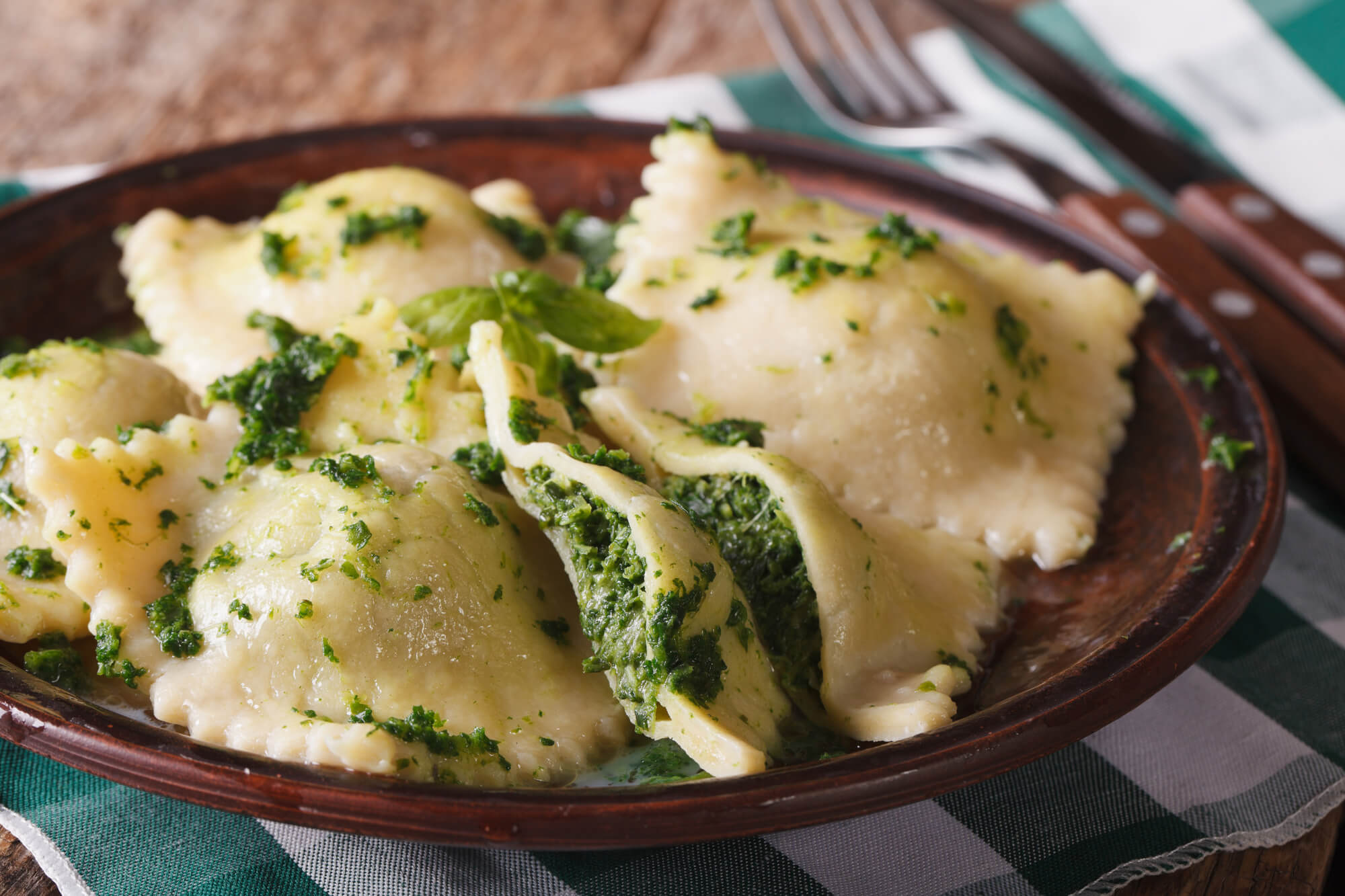
Monaco’s national dish, Barbagiuan is food with an interesting history. Similar to ravioli, the old tale about Barbagiuan goes that a man named Jean stuffed a ravioli with swiss chard and fried it after not being able to find traditional red sauce for his pasta. This gave the dish its name, meaning “Uncle John”, and as time spread and the popularity increased, Monaco had its own signature dish.
Gnocchi
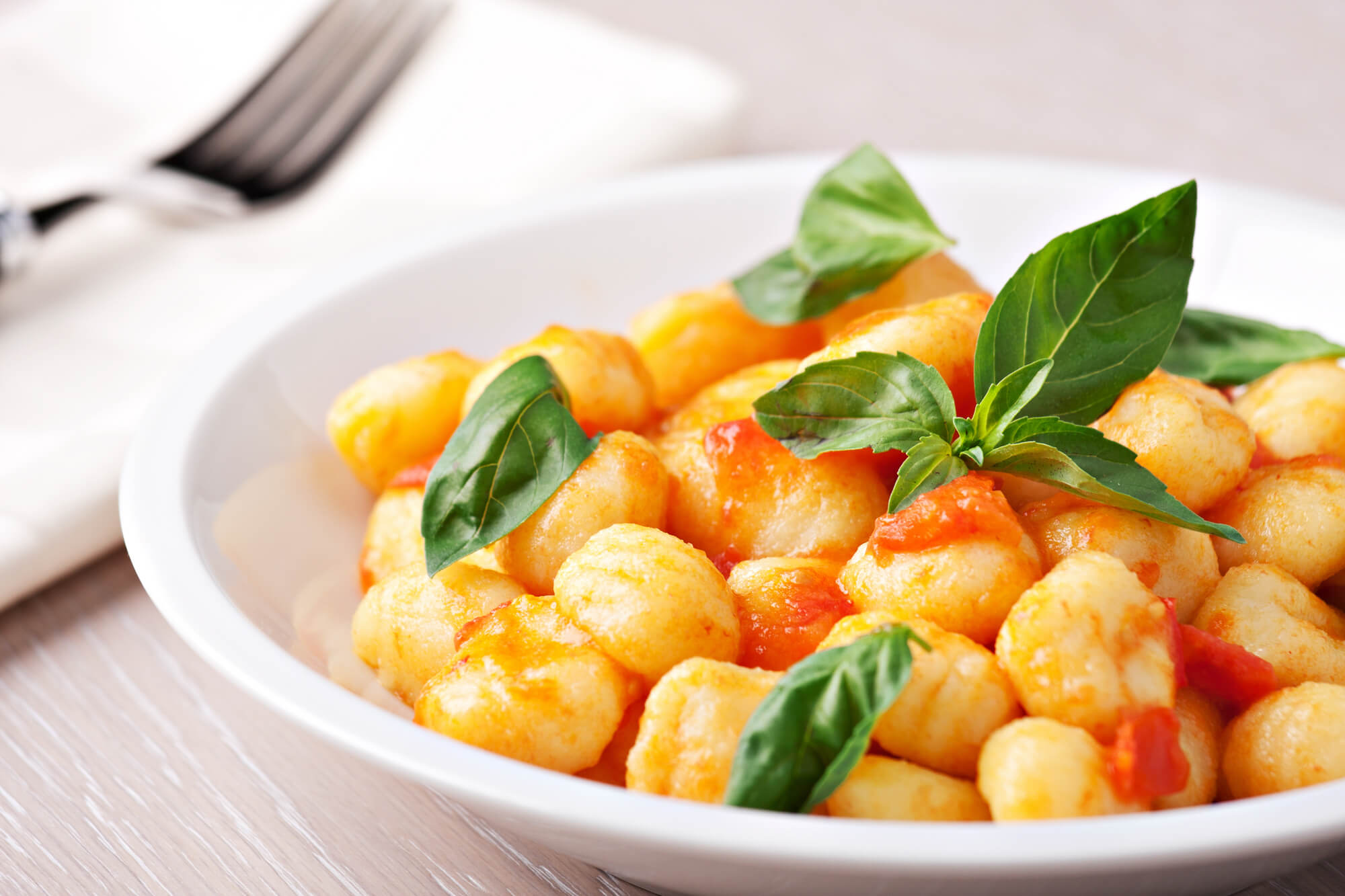
Gnocchi with tomato mozzarella and basil
Gnocchi is a traditional Italian food that everyone knows about, and the potato-based staple is on pretty much every menu in Monaco. It’s a side, but with a little parmesan (the good stuff – Reggiano) can make a meal of its own.
Daube de Boeuf with Penne
Originally a dish from the Provencal region of France, Daube de Boeuf can be served as another fusion dish between Italy and France, and the addition of the traditional daube on a bed of penne pasta is particularly delicious.
Pissaladiere
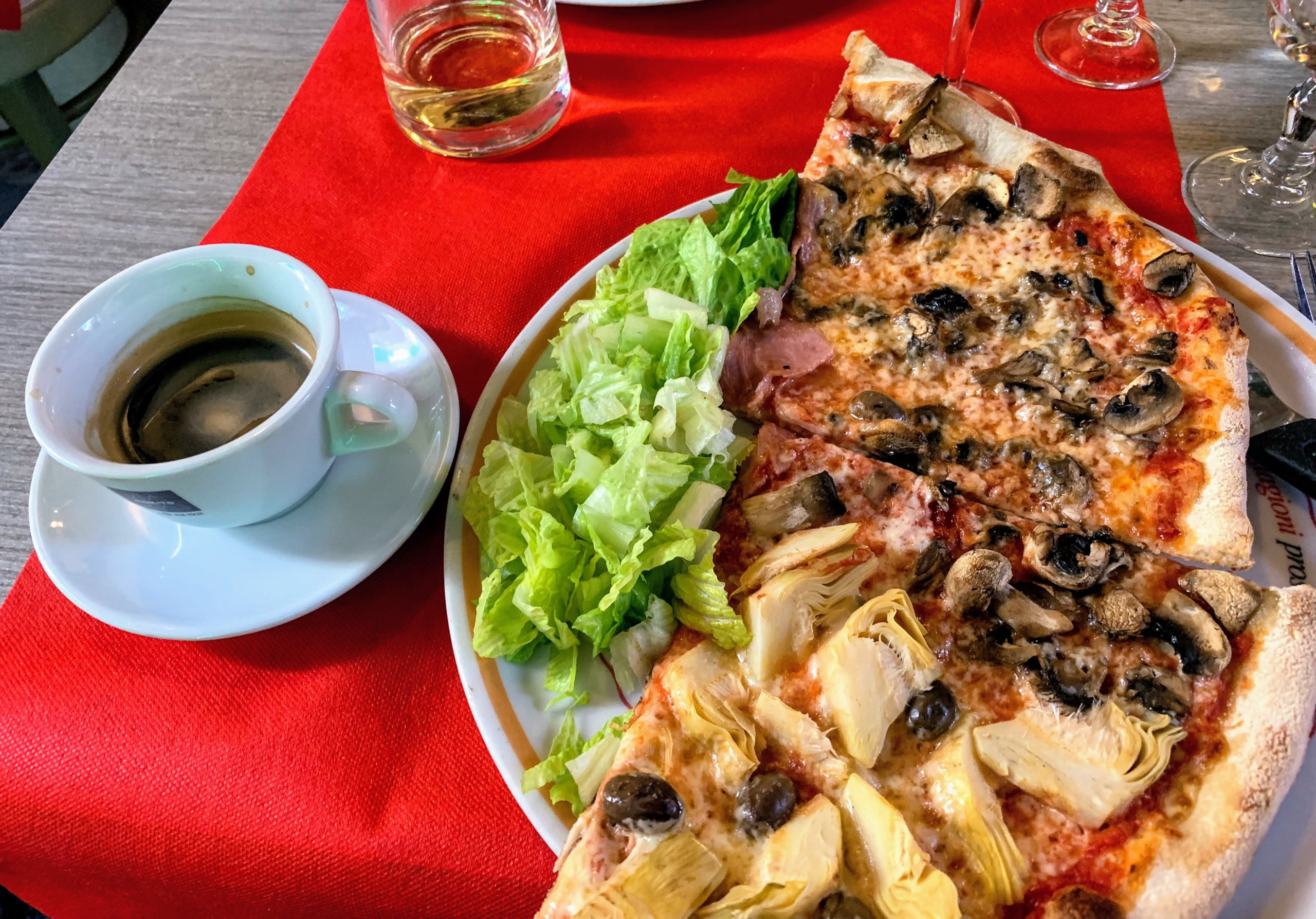
This should be on the list everywhere, shouldn’t it? Well, would you believe that the pizza crust we had in Monaco was better than what we had in Rome? Yeah, it was.
Monaco has its own version of pizza, called pissaladiere, that normally involved anchovies, black olives, and caramelized onions. You’ll find unique flavor combinations in Monaco, driven by its location on the Mediterranean, that involve great seafood and very fresh ingredients that sometimes add a unique twist to the standard pissaladiere.
Socca
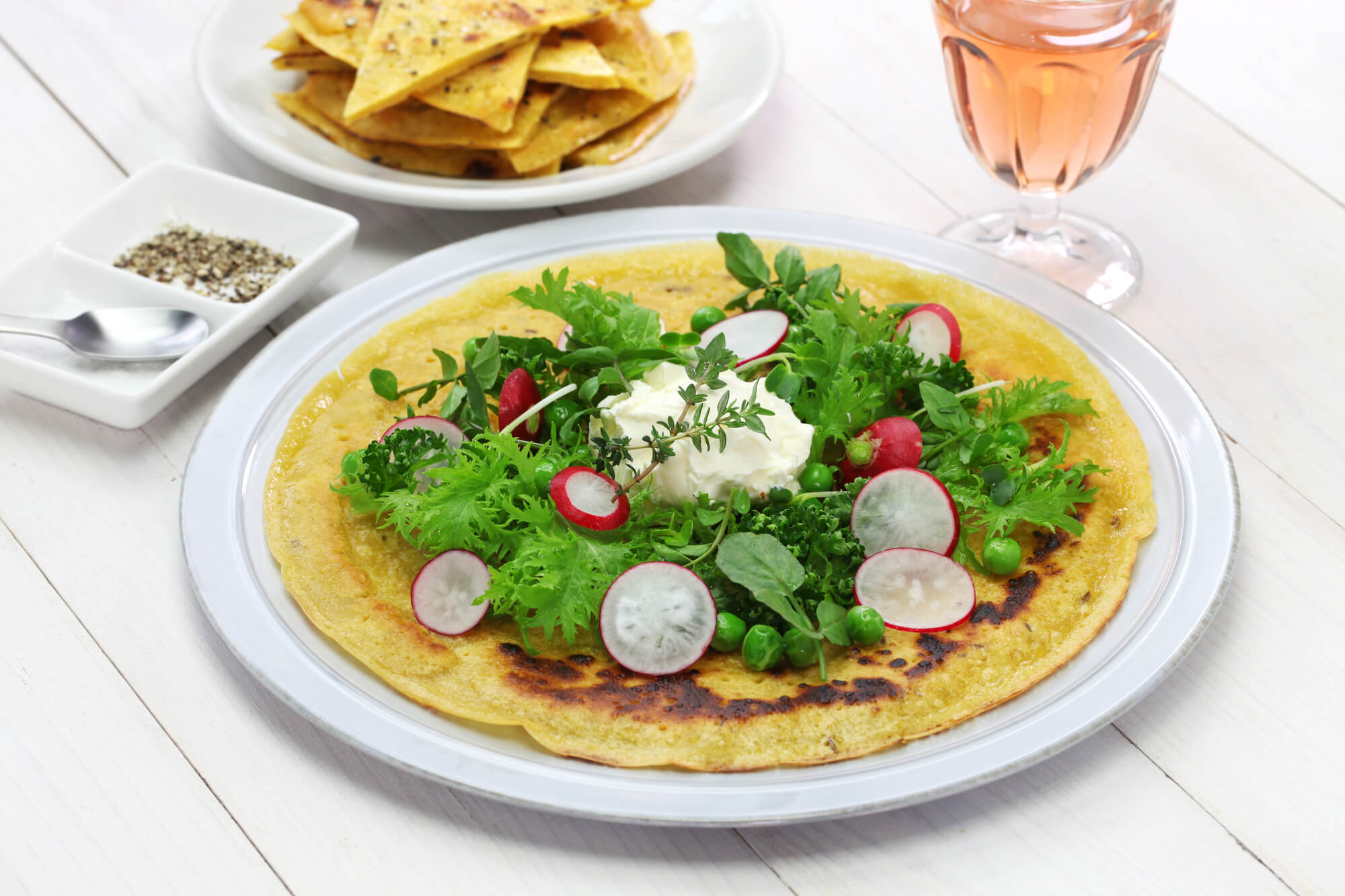
A portion of street food served up all over Monaco, socca is a chickpea-based type of crepe dish that’s light, airy, and packed with flavor. It typically is cooked and filled with onions, herbs, and yogurt, cream, or cheese. It’s great as a fast, find on-the-go snack while you’re exploring the coast!
Pan Bagnat
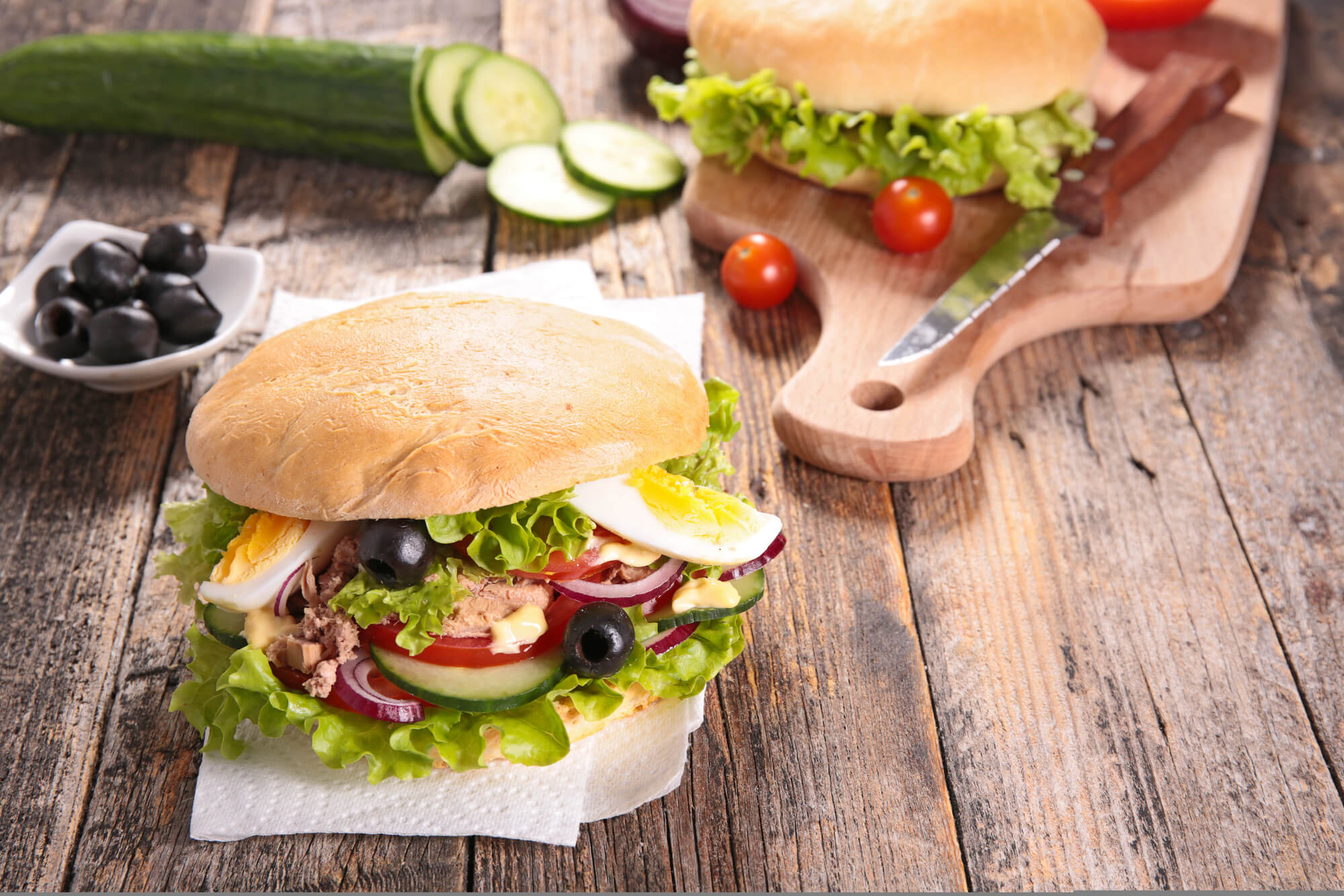
A sandwich full of interesting ingredients, this treat is typically a whole wheat bread full of anchovies, salt, pepper, olive oil, raw vegetables like radishes and onions, and hard-boiled eggs. It’s very popular in most any bakery along the French Riviera, and will keep you full for hours!

